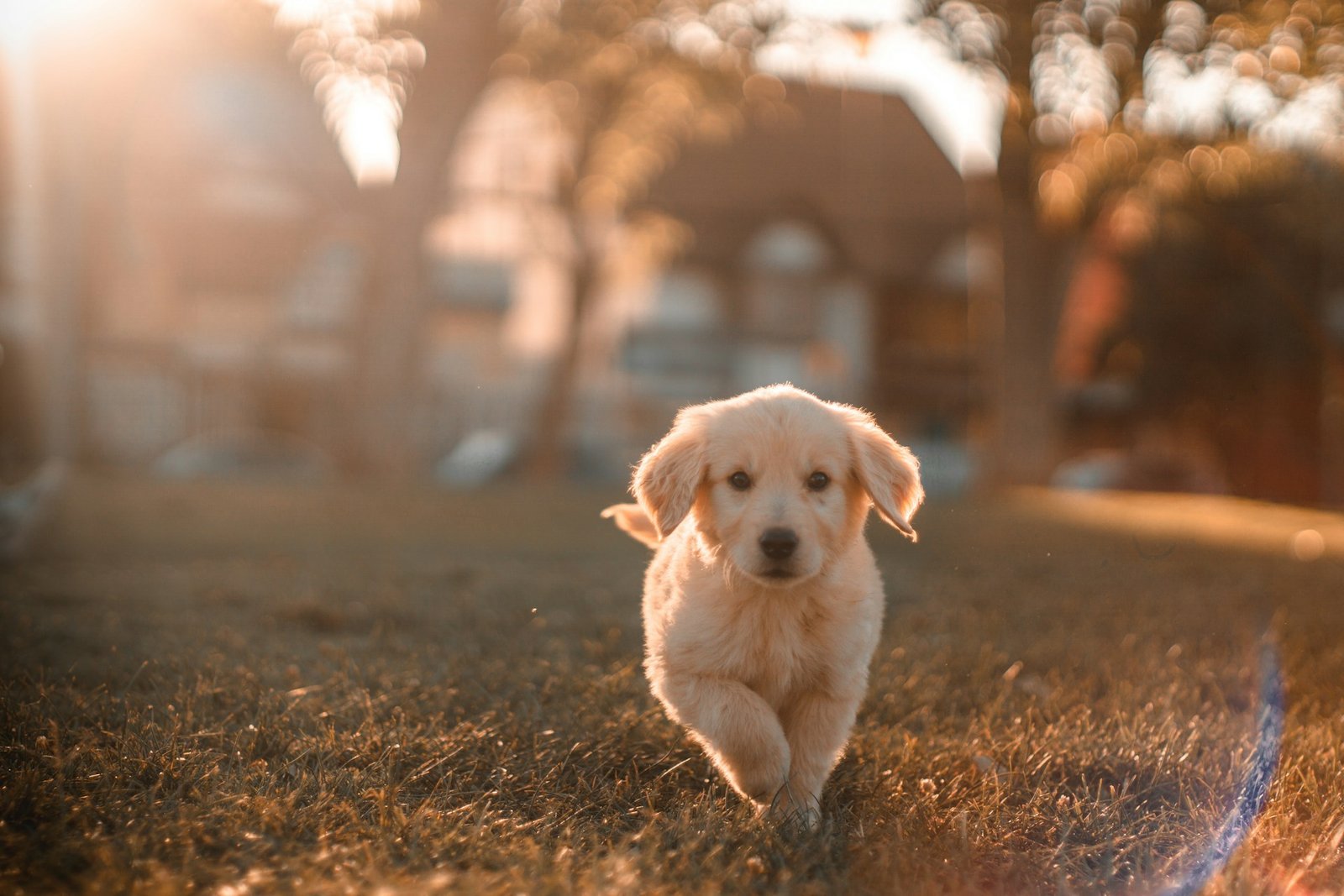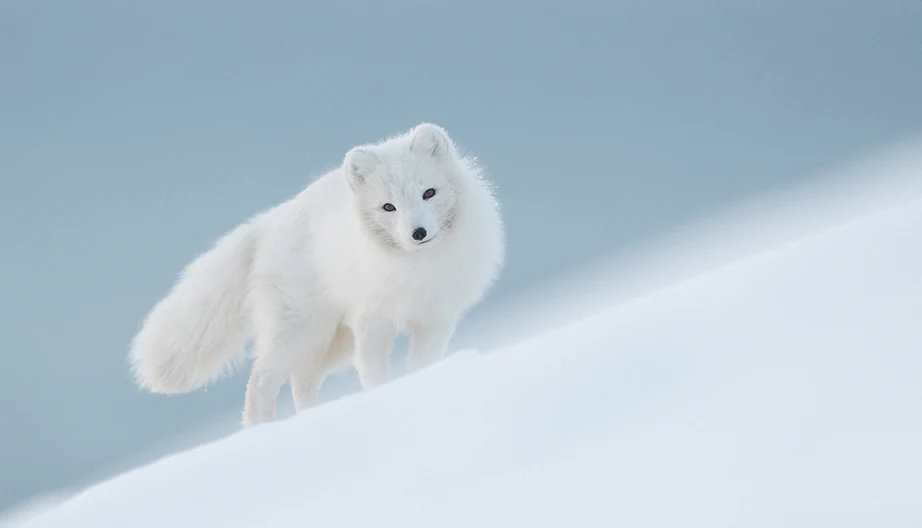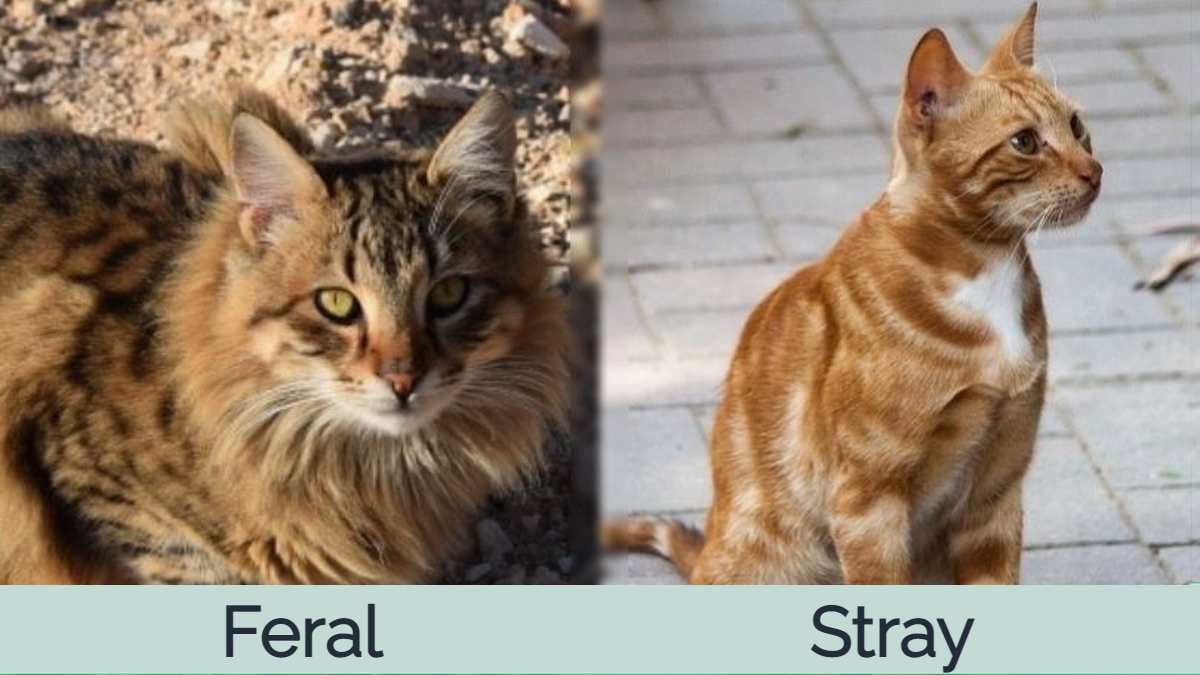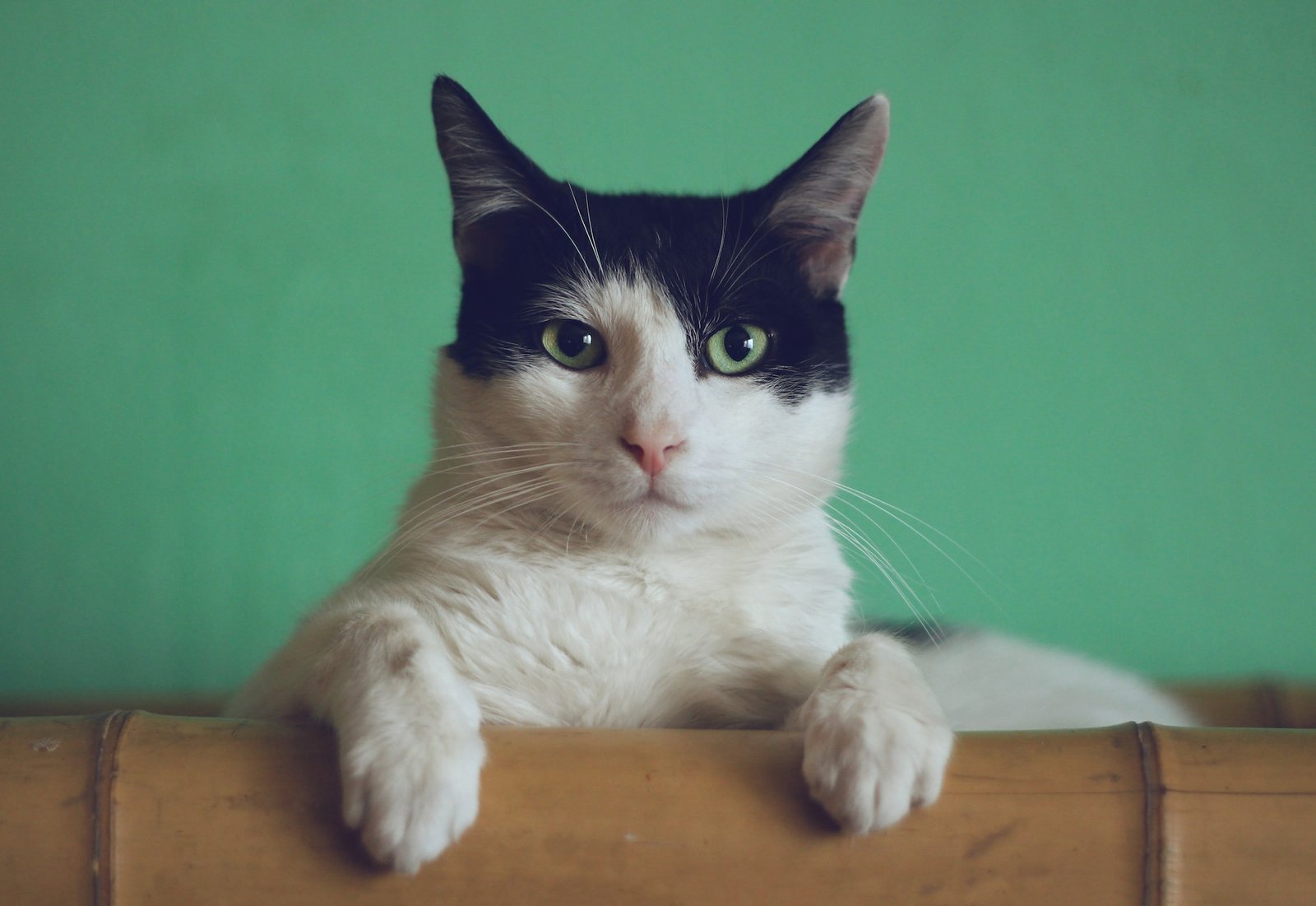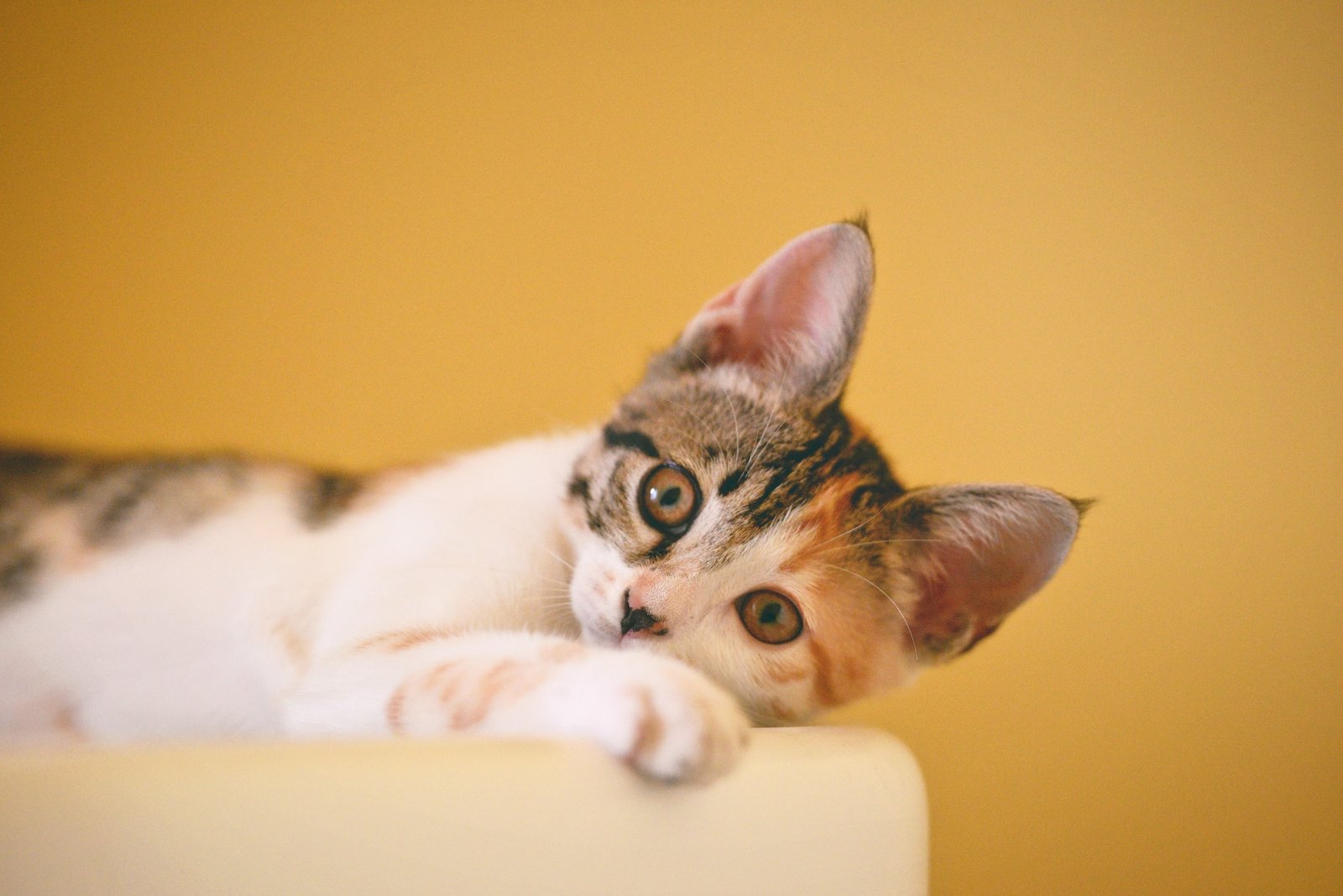Cats have been around for thousands of years. The exact timeline of cat domestication is not well-documented, but evidence suggests that cats began to associate with humans around 9,000 years ago in the Near East. The process of domestication likely occurred as people transitioned from a nomadic lifestyle to settled agricultural communities.
The ancient Egyptians are often credited with the earliest intentional domestication of cats, as they revered and kept cats for their pest control abilities and believed them to have protective qualities. Cats were eventually spread to other parts of the world through trade and exploration.
Origins of the Domestic Cat
The exact origins of the domestic cat (Felis catus) are not fully clear, but research suggests that they are descendants of the African wildcat (Felis silvestris lybica). The process of cat domestication likely occurred independently in different regions, with multiple populations of wildcats adapting to life around human settlements.
Evidence suggests that cats began to associate with humans around 9,000 years ago in the Near East, where agriculture was developing. Cats were attracted to the abundance of rodents attracted to grain stores, and humans likely appreciated the cats’ natural hunting instincts. Over time, a mutually beneficial relationship formed, with cats providing pest control for human settlements and humans inadvertently providing a stable food source for the cats.
Cats Travel the World
The global spread of cats has been influenced by human activities over the centuries. Here are some key points in the history of cats’ travels around the world:
- Ancient Egypt: As mentioned earlier, the ancient Egyptians played a significant role in the history of domestic cats. Cats were revered, and they often accompanied traders, explorers, and travelers on journeys to different regions.
- Mediterranean and Europe: Cats likely spread throughout the Mediterranean region and Europe through trade routes. They became valued for their pest control abilities on ships and in agricultural settings. Cats may have been on board ships as stowaways or intentionally brought along to control rats and mice.
- Silk Road: The Silk Road, the ancient network of trade routes connecting East and West, facilitated the exchange of goods and ideas, including the movement of cats. Cats may have accompanied traders and caravans, helping to control rodent populations along the way.
- Vikings and Norse Mythology: Cats were present in Viking communities and are believed to have been brought along on their seafaring expeditions. Norse mythology also includes stories about Freyja, the goddess of love and fertility, who had a chariot pulled by large cats.
Catering to Cats: Inventing the Indoor Cat
The concept of keeping cats exclusively indoors as pets is a relatively modern development, influenced by changes in urbanization, lifestyle, and a growing understanding of feline behavior and health. Here are some key factors that contributed to the invention of the indoor cat:
- Urbanization: As people increasingly moved into urban areas, the risks and dangers for outdoor cats also rose. Busy streets, potential exposure to toxins, and the presence of other animals posed threats to free-roaming cats.
- Traffic and Accidents: The rise in vehicular traffic presented a significant danger to outdoor cats. High-speed roads became hazardous for cats, leading to an increased likelihood of accidents.
- Protecting Wildlife: The impact of outdoor cats on local wildlife, particularly bird populations, has become a growing concern. Keeping cats indoors helps mitigate their impact on local ecosystems.
- Health and Veterinary Care: Awareness of the risks of infectious diseases, parasites, and injuries faced by outdoor cats led to a greater emphasis on preventive veterinary care. Keeping cats indoors helps protect them from these potential health hazards.
- Humanization of Pets: Over time, pets, including cats, have become more integrated into family life. The shift towards considering pets as family members rather than outdoor workers led to increased concern for their safety and well-being.
- Enrichment and Entertainment: Recognizing the need for mental and physical stimulation for cats, indoor environments are now designed to provide various forms of enrichment.
Cats are Part of Our Environment
Cats are an integral part of our environment, whether they are kept as pets or live in the wild. Here are some aspects of how cats contribute to and are influenced by their environment:
- Biodiversity and Ecosystems:
- Wild Cats: In their natural habitats, wildcats play a role in maintaining the balance of ecosystems by controlling rodent populations. They are predators and help regulate the numbers of various small mammals and birds.
- Human Environment:
Companionship: Domestic cats play a crucial role in many households as beloved companions. They contribute to the well-being of their owners by providing companionship, reducing stress, and offering emotional support.
- Urban Environments:
Adaptability: Cats are highly adaptable animals, and they have successfully integrated into urban environments. Feral and stray cat populations can be found in many cities, sometimes forming colonies around food sources.
- Cats: Healthy Pets, Healthy People
Cats contribute to the health and well-being of their owners in numerous ways, fostering a mutually beneficial relationship. Here are some aspects of how cats can positively impact both the physical and mental health of their human companions:
- Companionship:
Emotional Support: Cats are known for their affectionate and comforting nature. The companionship provided by a cat can alleviate feelings of loneliness and reduce stress, promoting emotional well-being.
- Mental Health:
Stress Reduction: Interacting with cats, such as by petting or playing, has been shown to reduce stress levels and promote relaxation. The act of caring for a cat can also provide a sense of purpose and routine, benefiting mental health.
- Physical Activity:
Exercise: Playful activities with cats, such as interactive games or using toys, encourage physical activity for both the cat and the owner. This can contribute to maintaining a healthy weight and promoting cardiovascular health.
- Routine and Responsibility:
- Structure: The daily care routine for a cat, including feeding, grooming, and playtime, can provide a sense of structure and routine for the owner. Establishing and maintaining routines can be beneficial for mental health.
Find Your Perfect Cat Breed
As a text-based AI developed by OpenAI, I don’t have personal preferences or the ability to own pets. However, I can help you find a cat breed that might be a good fit for you based on your preferences and lifestyle. Here are some popular cat breeds and their characteristics:
- Persian:
Long-haired and fluffy.
Calm and laid-back.
Requires regular grooming due to their long coat.
- Siamese:
Sleek, short-haired coat.
Vocal and social.
Playful and energetic.
- Maine Coon:
Large and sturdy.
Long-haired with a bushy tail.
Friendly and sociable.
- Bengal:
Sleek, spotted, or marbled coat.
Energetic and playful.
- Requires intellectual stimulation and play.Ragdoll:
Semi-longhaired with striking blue eyes.
Gentle and affectionate.
Known for going limp when picked up.
- Scottish Fold:
Unique folded ears.
She is sweet-natured and adaptable.
It comes in both short and long-haired varieties.
- Sphynx:
a hairless breed with warm and soft skin.
Affectionate and enjoys attention.
Requires regular bathing due to a lack of fur.
- Russian Blue:
Stocky build with a dense coat.
Easygoing and gentle.
Low-maintenance grooming.
Consider factors such as size, grooming needs, activity level, and personality traits when choosing a cat breed. Additionally, keep in mind whether you prefer a kitten or an adult cat, as well as any specific requirements related to your living situation. It’s also a good idea to visit local shelters or breed-specific rescues to find cats in need of loving homes.
Internal link: bilaar


